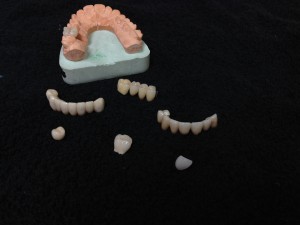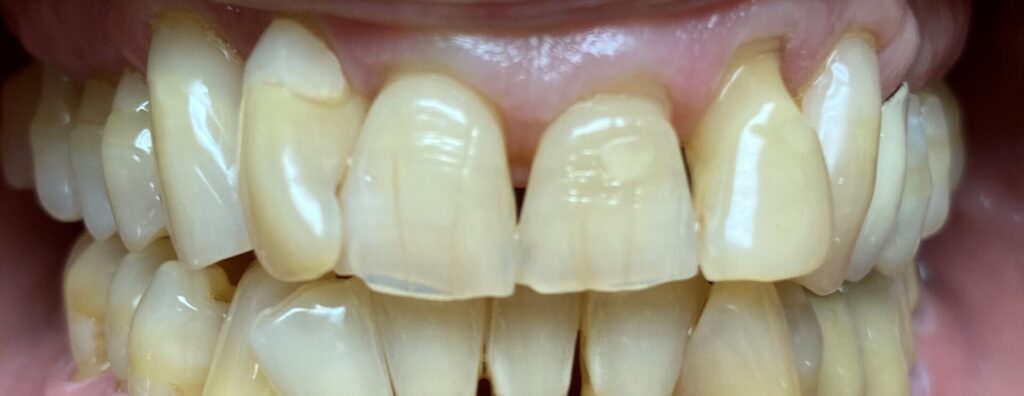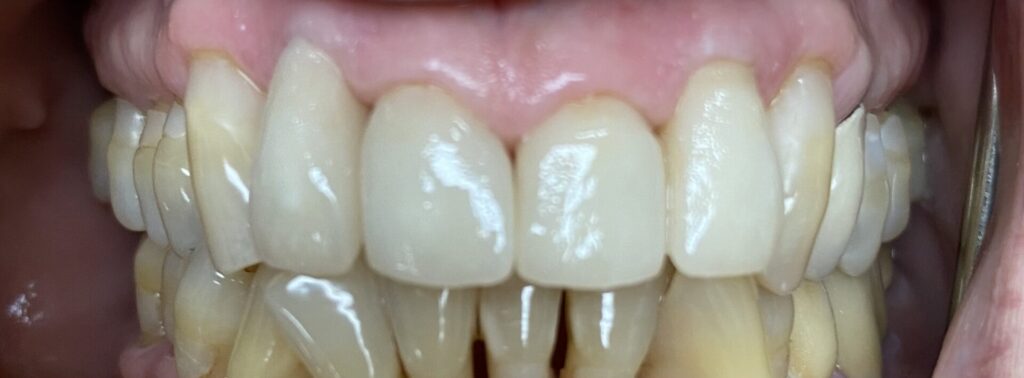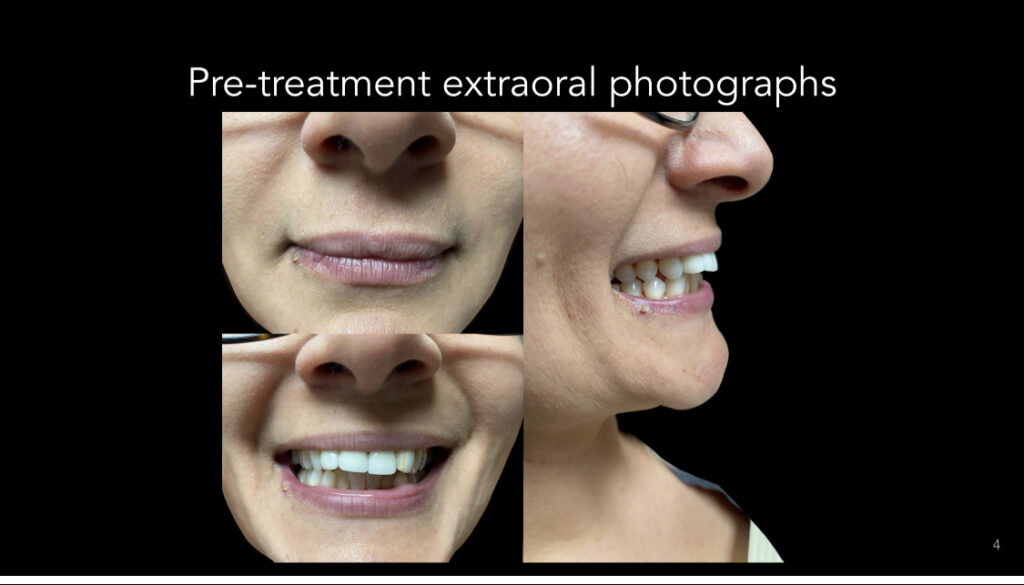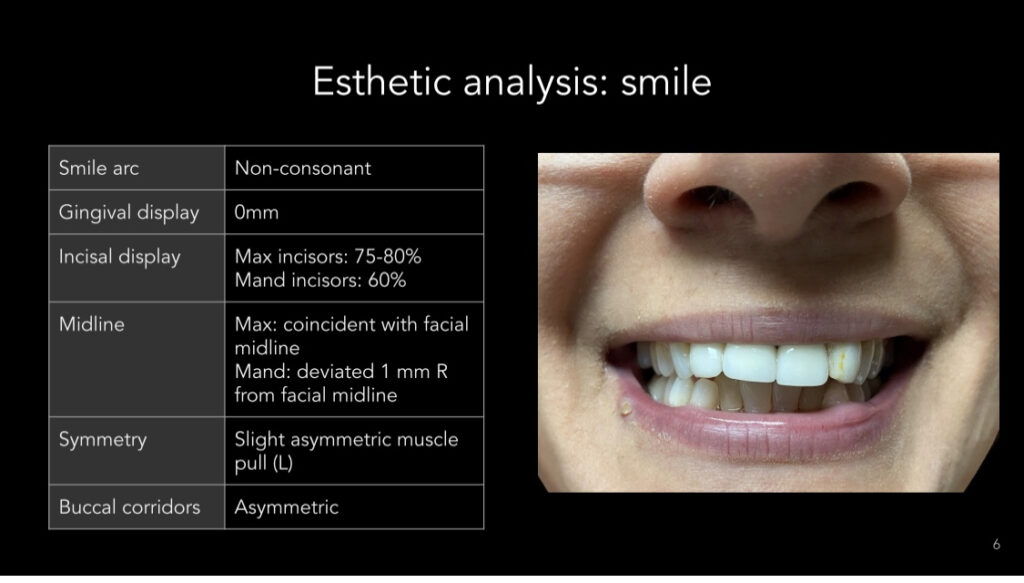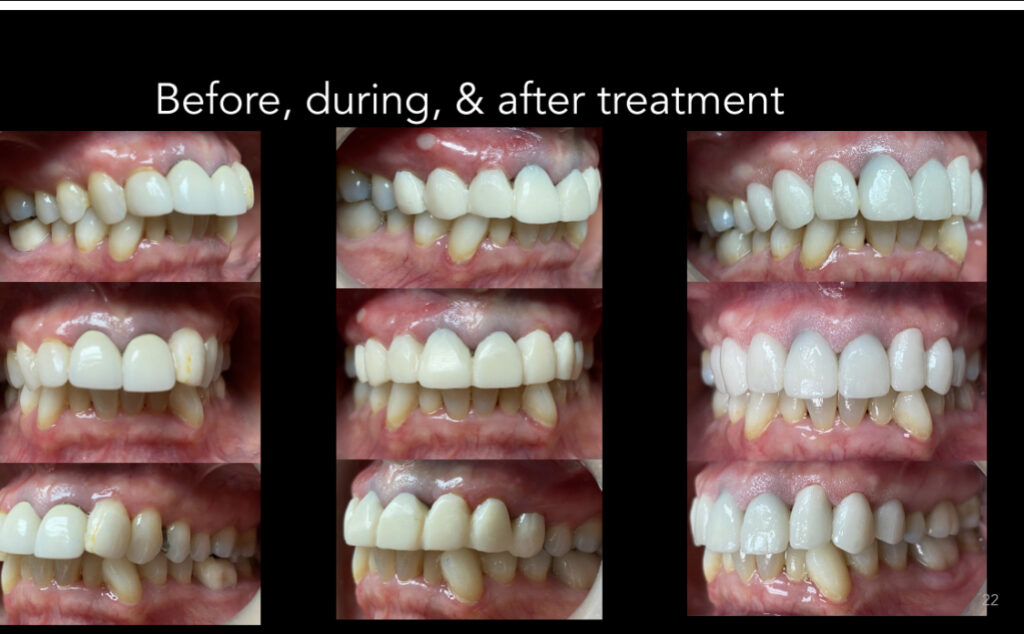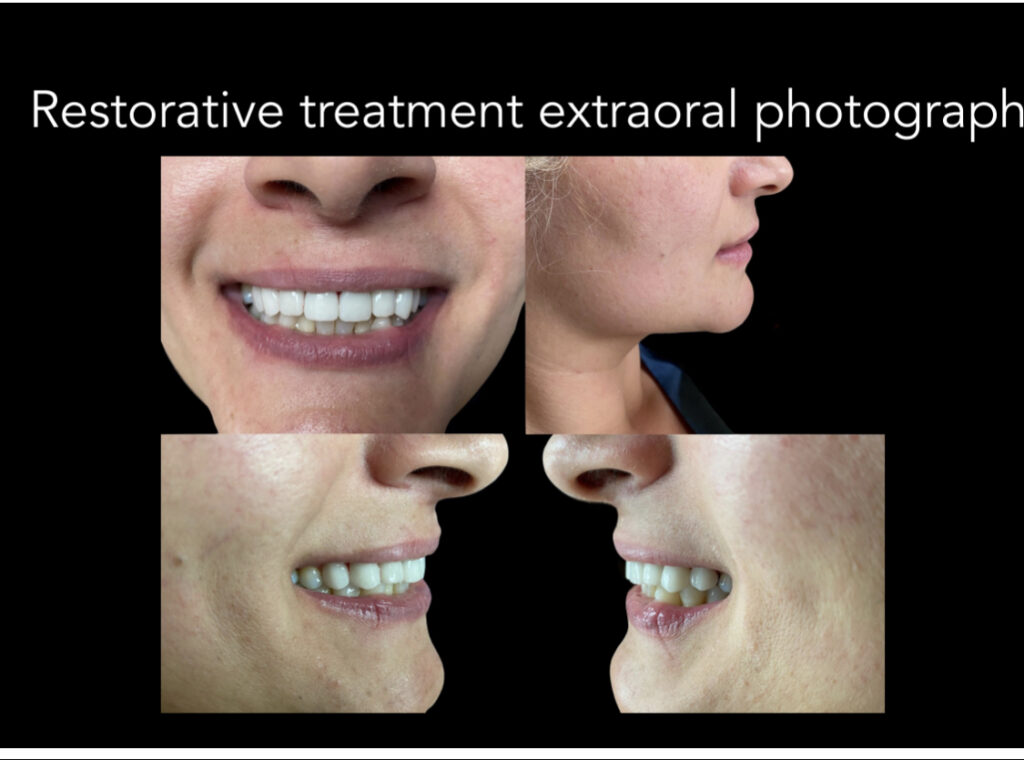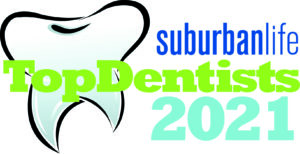Crowns (sometimes referred to as “caps” or “jackets”) are restorations that replace and/or rehabilitate the missing or damaged part of the tooth above the gum. A fixed bridge is a replacement of a missing tooth, called a pontic, supported and joined by two or more crowns on each side of the missing tooth.
Crowns are used to restore teeth damaged from decay, trauma, fracture, cracks and abnormal wear. They may be used to cover and protect teeth that are misshaped, discolored, have had root canal treatment, are weakened or to restore teeth replaced with implants.
At Prosthodontics Limited PC , in Northeast Philadelphia at 8021-B Castor Avenue, all crowns and bridges are fabricated in our in-house laboratory to provide accurate, custom and appropriate prosthesis made just for you.
After a treatment plan is collaboratively agreed upon between the patient and doctor, teeth planned to be crowned are repared for the final restoration. The preparations are then scanned with digitally or an analogue impression is made. The digital image is used to design the final restoration with the help of a design software and is then sent to a 3D printer to produce a pattern. For all ceramic Emax crowns, the patern is then turned into a lithium dissilicate crown using the “lost wax” technique. For metal, gold or crown with metal substructures, bridges, metal is cast into the molds produced from thte pattern.
Crowns and bridges can be made from gold, a non-gold containing silver colored metal (comparable to stainless steel), porcelain layered over metal or all ceramic lithium disilicate (all white), sometimes called E-max™.
Prosthodontics Limited, PC in Philadelphia PA has been offering crowns and fixed bridges for over 40 years. If you’re looking for crowns or fixed bridges in Philadelphia PA call 215-728-1696 to schedule a consultation.
Our staff can help you make the best choice for you.
